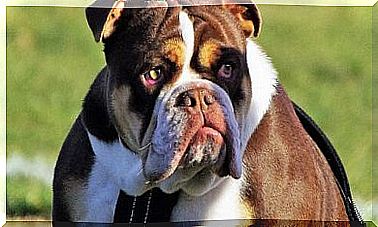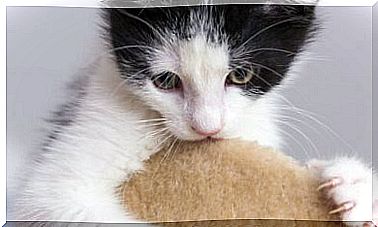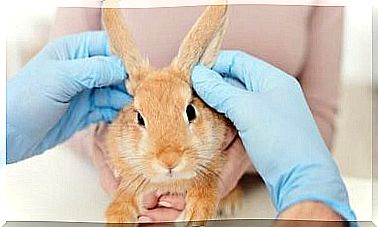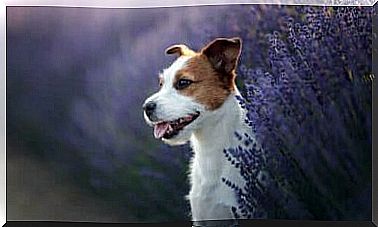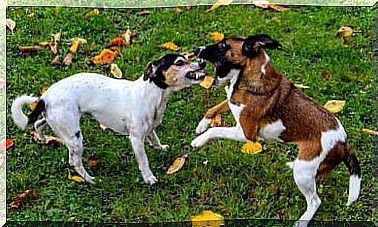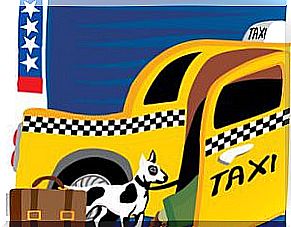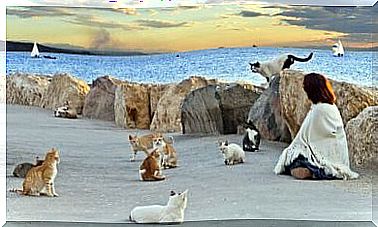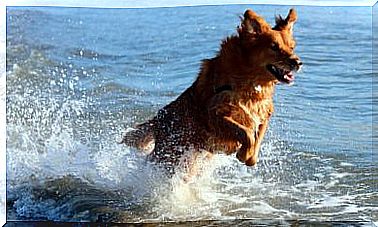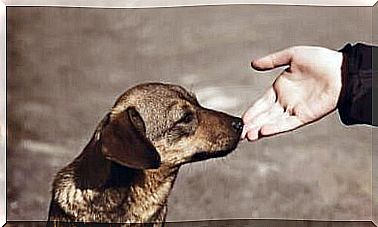Insular Giant And Dwarf Growth: What Is It?
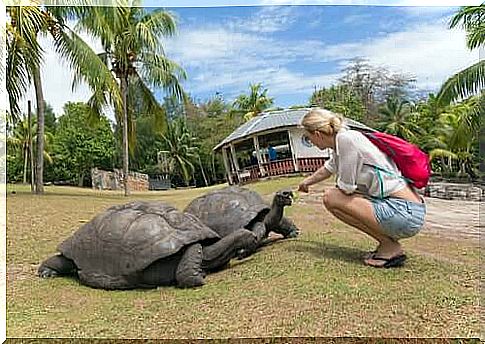
The mechanisms known as insular giant and dwarf growth are found in certain endemic species on islands around the world. We want to tell you more about this phenomenon in our article.
What is insular giant and dwarf growth?
First of all, it is very important to explain what we are talking about when we use the term insular giant and dwarf .
In both cases it is an evolutionary response from the animal and plant kingdoms, which are located far from the mainland on the islands.
With insular giant growth , the animals become larger than their ancestors, and this happens mainly for the following three reasons:
1. Absence of predators
If an animal is very small, it is more vulnerable to predators, but it can also hide from them more easily.
If it lives on an island where it has no natural enemies, it can grow without any problems.
2. Lack of competition
Another reason for giant insular growth is the lack of comrades-in-arms who eat the same food. Since this animal species is the “only one”, it can eat more and therefore grows larger.
3. Presence of large prey
If the prey animals are very large, the predators also have to adapt. So they solve this evolutionary problem through growth.
Insular dwarf growth is the opposite process by which a species becomes smaller and smaller. Because they are confined to a small habitat (an island), the animals get smaller to accommodate the lack of food sources.
Examples of insular giant and dwarf growth: giant growth
Rodents and birds are clear examples of insular giant growth, but it is not limited to these species.
Most very large animals are extinct today, but there are still some examples of this.
1. Galapagos tortoise
There are 10 turtle species that are grouped under this name (they also adorn our cover picture) and they are related to each other.
The animals live on the Galapagos Islands in the Pacific Ocean, which belong to Ecuador, and are the largest turtles in the world.
They can grow to be over two meters tall and weigh up to half a ton! Their life expectancy is over 170 years.
2. Giant grasshopper
These are some of the largest and heaviest insects in the world and they live in New Zealand. They can be up to 10 cm long and weigh 30 g! Males are larger and more aggressive than females.
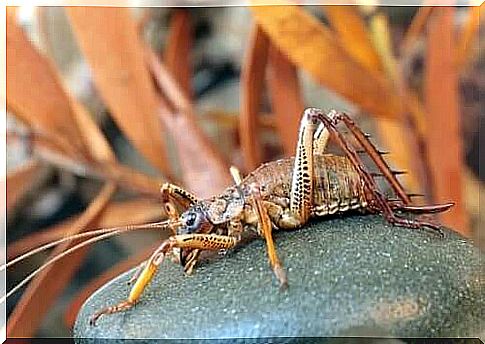
During the day they hide in hollow tree trunks or crevices, but at night they hunt with their large pine trees. They prefer to eat beetles and moths.
3. Fossa or ferret
It is a carnivorous mammal that is unique to the island of Madagascar and is believed to be the only predator in its habitat. Compared to its ancestors, it weighs and measures twice as much today!
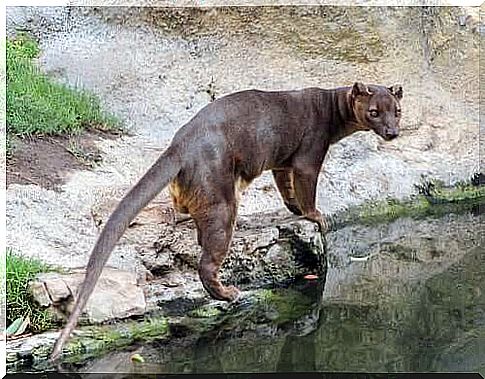
Examples of insular giant and dwarf growth: dwarf growth
Insular dwarf growth is more common in mammals, but it also happens in some reptiles. The following examples are particularly interesting:
1. Island gray fox
It is a small animal species that lives on the Santa Barbara Islands off California. This is the smallest species of fox in North America and its body is similar to that of cats.
They are about 50 cm long and have a 20 cm long tail. Their weight is usually two kilograms.
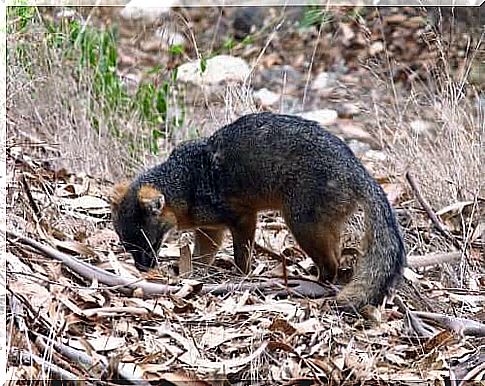
2. Cuban crocodile as an example of insular dwarf growth
This reptile is the smallest of the Saurus family, it does not grow more than three meters. As its name suggests, it lives in Cuba, in a very limited habitat.
It feeds on birds, fish, and mammals. Despite its size, it is one of the most dangerous!
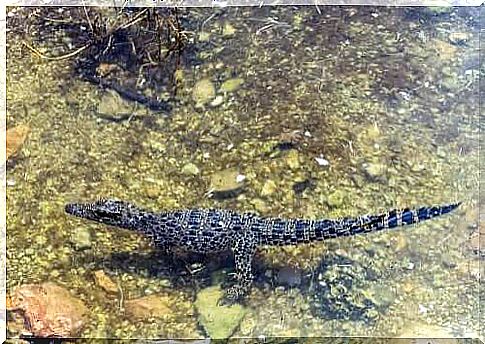
So insular giant and dwarf growth is an intelligent type of evolution to which these animals adapt to their habitat.
In many cases, however, they still fail in the long term and they die out. However, this is also due to external factors, such as the appearance of people.
